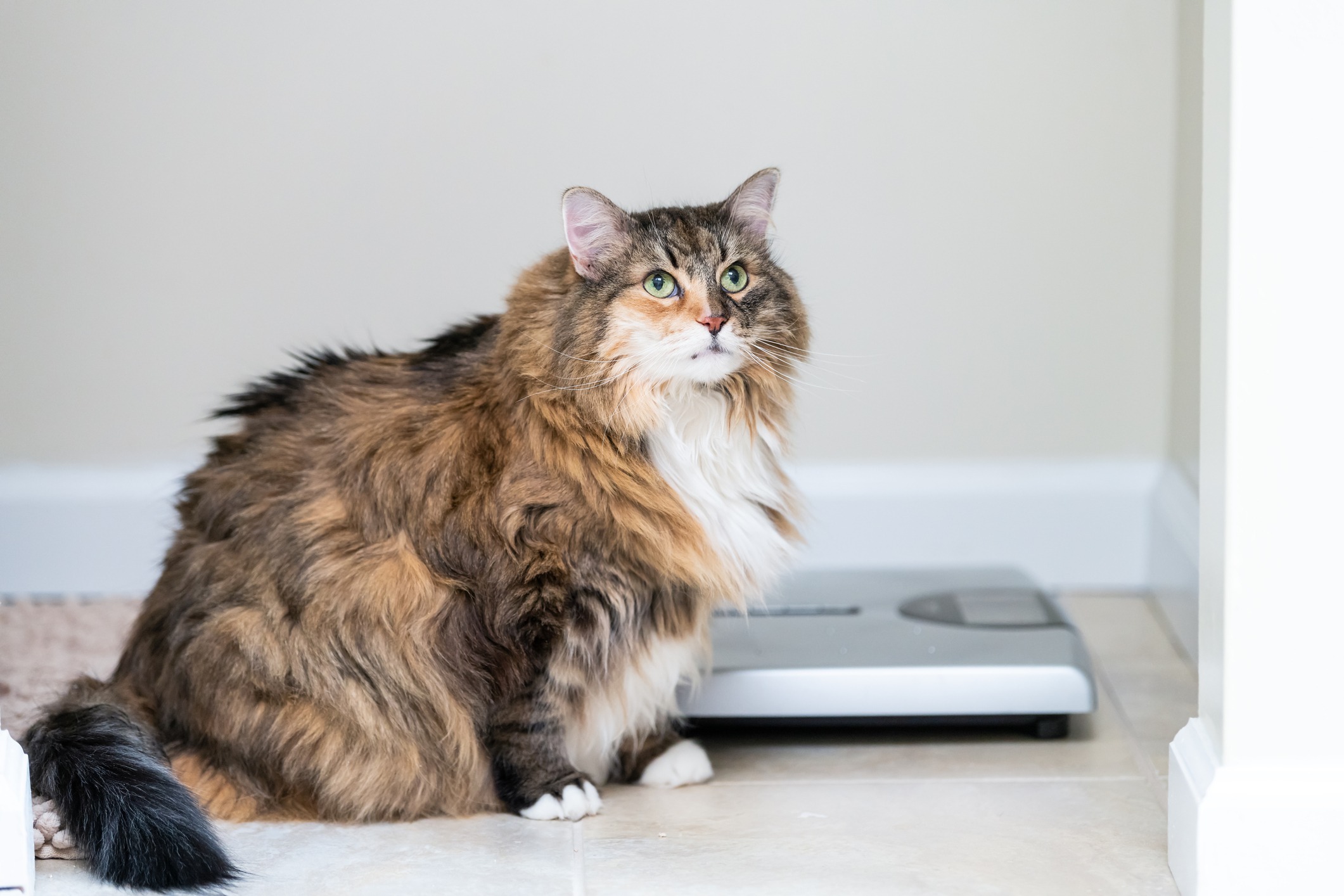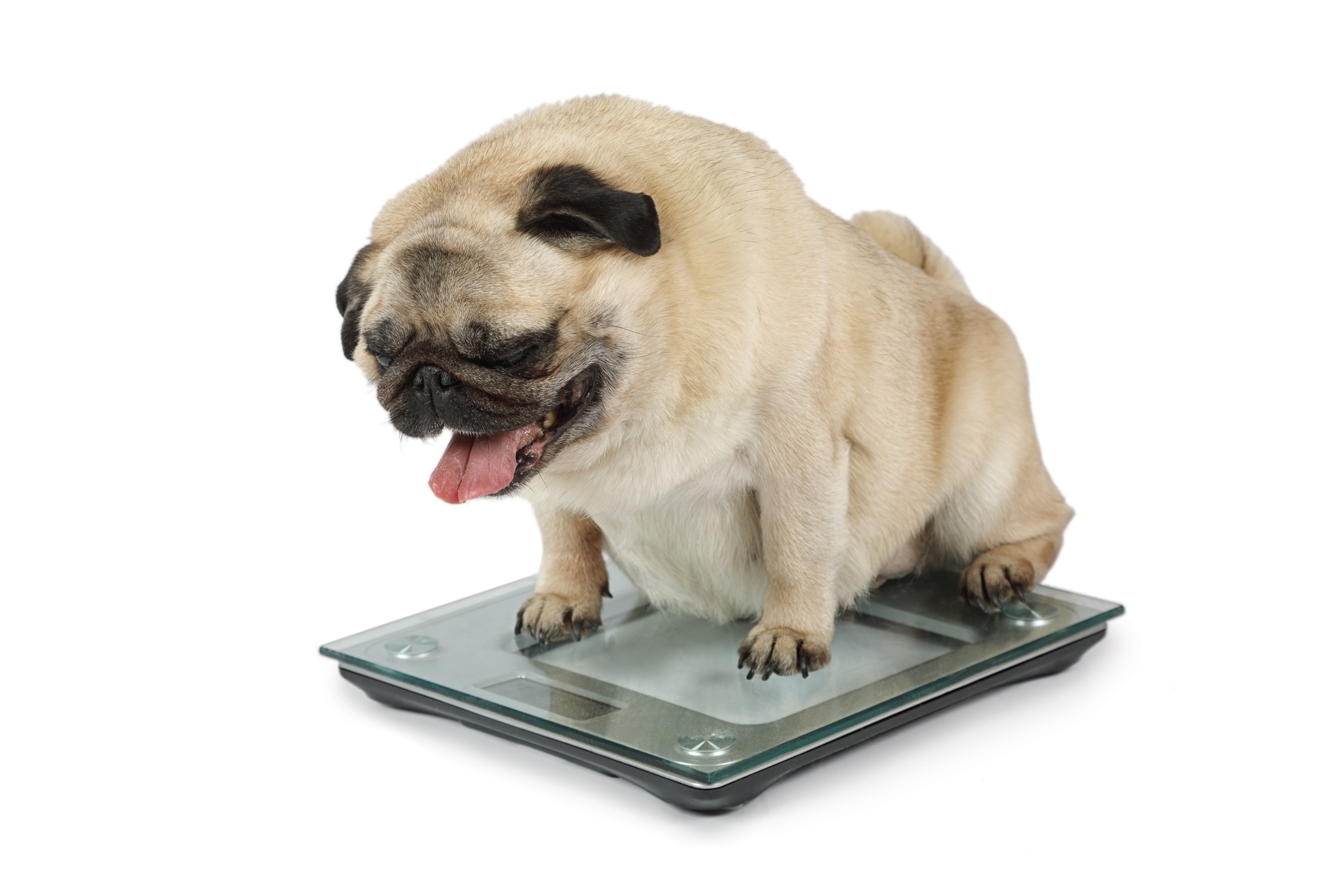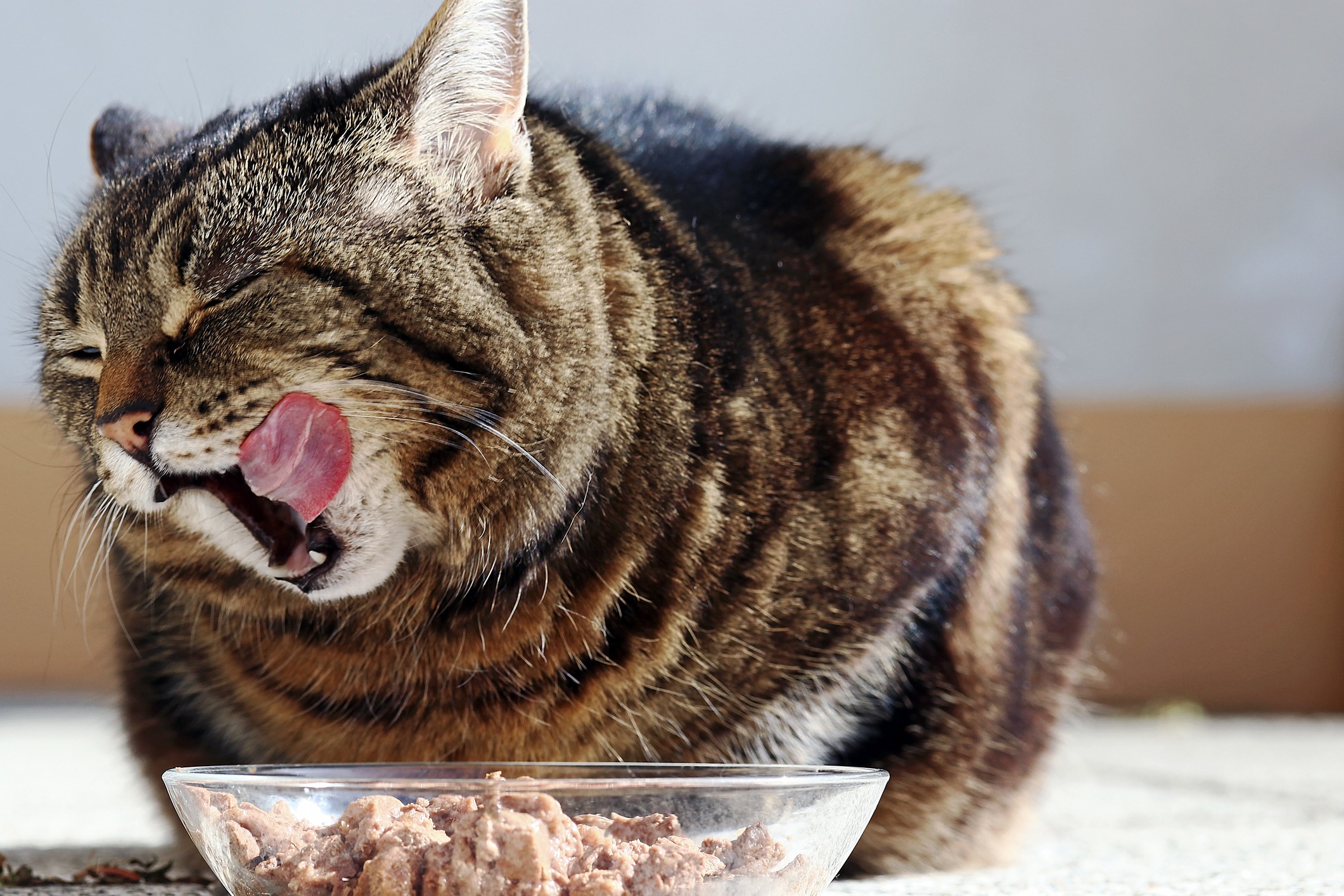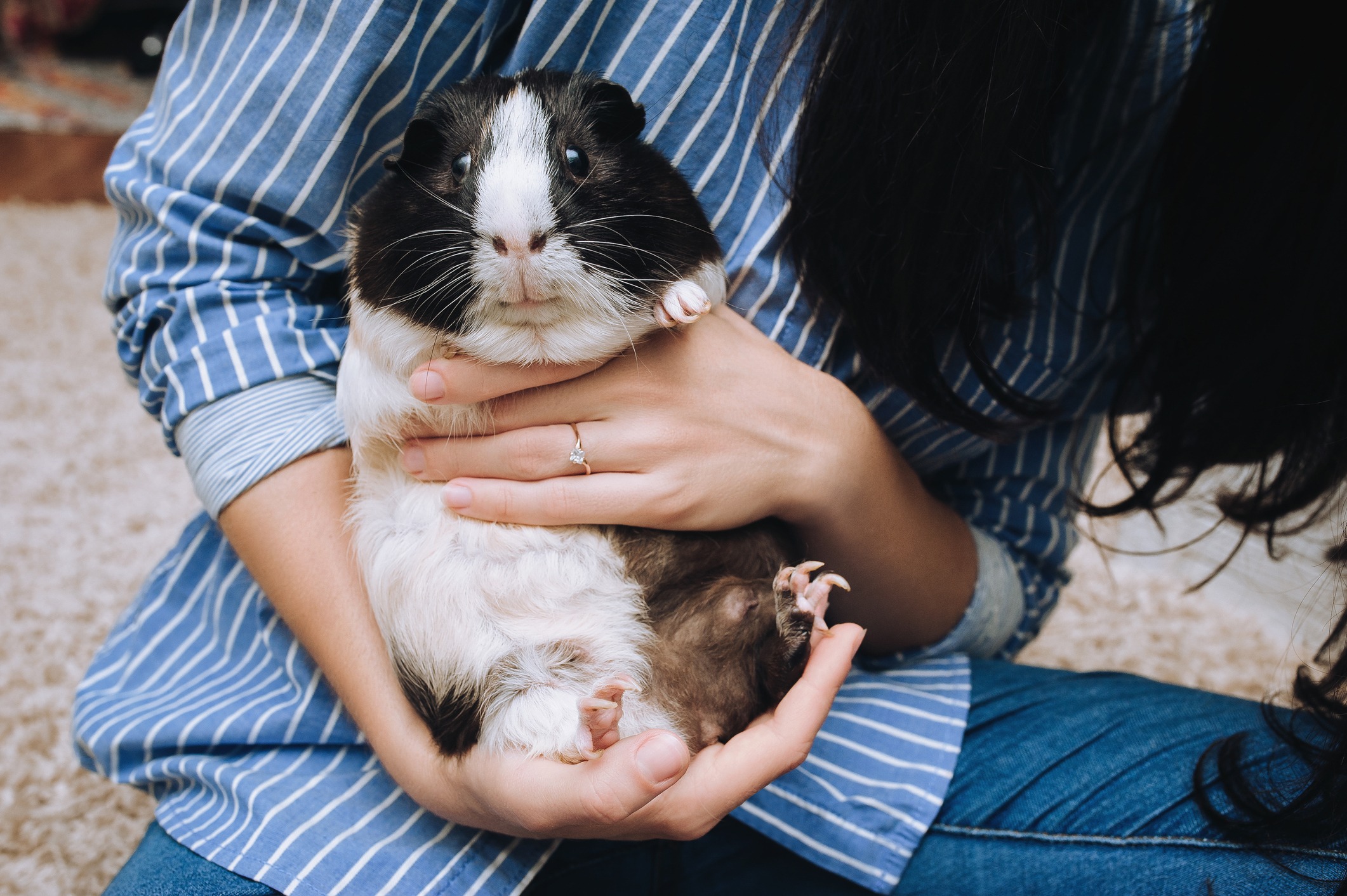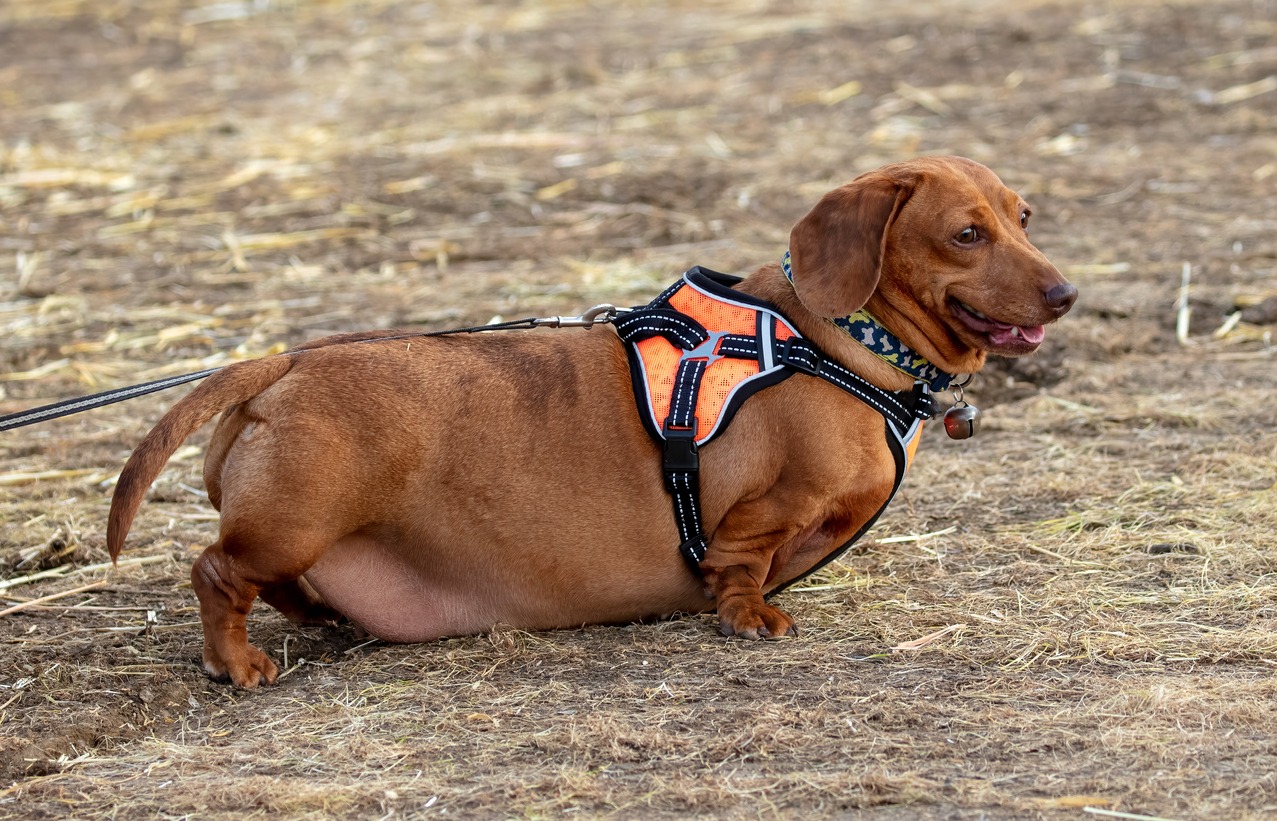Obesity is a growing epidemic among humans, but unfortunately, it is also affecting our four-legged companions. According to the Association for Pet Obesity Prevention, an estimated 60% of cats and 56% of dogs in the United States are considered overweight or obese. This alarming statistic highlights the need for pet owners to be aware of the dangers of obesity in their furry friends.
While some may think of overweight pets as cute and cuddly, the reality is that it can have serious consequences on their health and well-being. In this article, we will delve into the dangers of obesity in pets, including its causes, health risks, and prevention methods. It is crucial for pet owners to understand the severity of this issue and take necessary steps to ensure their pets maintain a healthy weight.
The health risks of obesity in pets
One of the most significant impacts of obesity on pets is its effect on their lifespan and quality of life. Just like in humans, excess weight puts strain on the body, leading to a variety of health issues, such as:
Diabetes – Excess weight can lead to insulin resistance, making it difficult for the body to regulate blood sugar levels.
Arthritis – Obesity puts excessive strain on a pet’s joints, leading to arthritis and joint pain. This can reduce their mobility and overall quality of life.
Heart Disease – Obesity can contribute to cardiovascular problems in pets, including high blood pressure, heart failure, and an increased risk of heart attacks.
Respiratory Issues – Overweight pets often have difficulty breathing due to the extra weight pressing on their lungs and airways. This can lead to conditions like asthma or other respiratory diseases.
Liver Disease – Obesity can cause an accumulation of fat in the liver, leading to liver disease and dysfunction.
Skin Problems – Obese pets are more susceptible to skin infections, rashes, and other dermatological issues. The folds of excess skin can create an environment conducive to bacterial or fungal growth.
Digestive Disorders – Obesity can lead to gastrointestinal problems such as constipation, pancreatitis, and even an increased risk of developing certain types of cancer.
Obese pets are more prone to developing certain types of cancer, as well weaken their immune system, making them vulnerable to infections and reducing their ability to recover from illnesses.
Carrying excessive weight can significantly impact a pet’s quality of life. Obese pets often experience discomfort and struggle with basic movements, such as walking or climbing stairs. They may become lethargic, losing interest in activities they once enjoyed. Obesity can also lead to a decrease in lifespan, as it puts significant stress on their organs and overall physiological well-being.
Causes of obesity in pets
One of the primary causes of obesity in pets is overfeeding and poor diet choices. Many pet owners tend to shower their furry friends with excessive treats, table scraps, and high-calorie pet foods without considering the negative consequences.
While it may seem like an act of love, overfeeding can lead to weight gain and an increased risk of obesity-related health issues. It is essential for pet owners to establish a balanced and portion-controlled diet for their pets, ensuring they receive the necessary nutrients without excess calories.
A sedentary lifestyle, combined with limited physical activity, can contribute to weight gain and obesity in pets. Not only does lack of exercise affect their physical health, but it can also impact their mental and behavioral state. Regular exercise not only helps burn calories but also stimulates their minds and keeps them active and engaged.
While lifestyle factors play a significant role in pet obesity, it is important to acknowledge that some animals may have a genetic predisposition to gain weight more easily. Certain breeds, such as Labradors and Beagles, are more prone to obesity due to their genetics.
Understanding the genetic predisposition of your pet can help you take preventive measures and make necessary adjustments to their lifestyle. It is crucial to work closely with your veterinarian to develop a tailored plan that addresses your pet’s specific needs.
How to tell if your pet is overweight
Obesity in pets is more than just a cosmetic issue – it can have serious health implications. So, how can we determine if our pets are overweight?
One of the most effective ways to assess your pet’s weight is by looking for visible signs and symptoms. If your pet has difficulty walking or breathing, it may be an indication of obesity.
Excessive panting, even during light activities or at rest, can also be a sign that your pet is carrying excess weight. Moreover, feeling for visible fat deposits, especially around the chest, abdomen, and neck, can provide a clear indication of obesity.
To accurately determine your pet’s body condition score, you can use a simple visual and tactile evaluation. Start by looking at your pet from above – a healthy weight should reveal a noticeable waistline.
If your pet appears rectangular or oval-shaped, it could be an indication of obesity. Next, run your hands along their ribcage. You should be able to feel their ribs without excessive fat covering. If you can’t feel their ribs or if there is a thick layer of fat, it’s time to address their weight.
Remember that every pet is unique, and there is no one-size-fits-all approach to determining their ideal weight. Breeds, age, and overall health play a significant role in determining what is considered a healthy weight. Consulting your veterinarian is always a wise decision, especially if you have concerns about your pet’s weight.
Tips for preventing and managing pet obesity
As responsible pet owners, it is important to take proactive steps to prevent and manage obesity in our pets. Here are some tips to help you keep your pets at a healthy weight:
Proper nutrition plays a crucial role in maintaining a healthy weight for pets. Start by choosing the right pet food for your furry friend. Look for high-quality, balanced options that are formulated to meet their specific nutritional needs.
Portion control is key. Avoid free-feeding and measure out your pet’s meals according to the recommended serving sizes. Be mindful of the number of treats you give your pet and opt for healthier options like fruits and vegetables.
Consider incorporating a balanced diet that includes a variety of proteins, carbohydrates, and fats. Consult with your veterinarian to determine the best diet plan for your pet’s specific needs.
Regular exercise is essential for maintaining a healthy weight in pets. Create a consistent exercise routine that includes daily walks, playtime, and interactive toys. Not only will this help your pet burn calories, but it will also provide mental stimulation and strengthen the bond between you and your furry companion.
Monitor your pet’s food intake and adjust accordingly. As your pet ages, their nutritional needs may change. Regularly consult with your veterinarian to ensure that your pet is receiving the appropriate amount of food for their age, breed, and activity level.
Seek professional guidance if needed. If your pet is already overweight or obese, consult with your veterinarian for a personalized weight loss plan. They can provide guidance on the appropriate calorie intake, recommend specific diets, and monitor your pet’s progress.
Conclusion
It is crucial for pet owners to be aware of the dangers of obesity in the animals they are taking care of. Obesity not only affects their physical health but also takes a toll on their overall well-being and quality of life. By learning the causes and consequences of obesity in our pets, we can take proactive steps to prevent and manage it.

